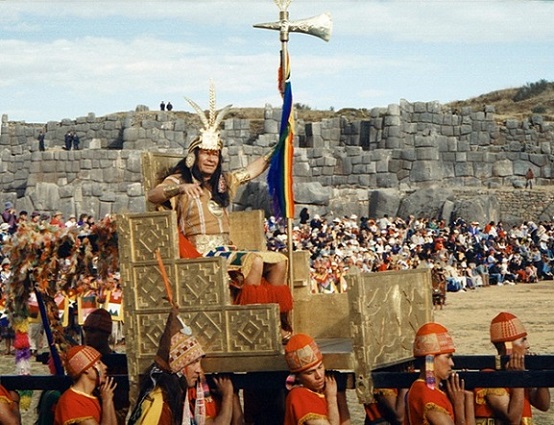The Incas They were a civilization in South America that in the 14th century were a small tribe from the highlands of the Andes that at the beginning of the 16th century came to conquer and control the largest empire ever seen in the Americas: the Inca Empire.
Its capital was located in Cusco in Peru and extended from what is now Ecuador, in the north of Chile, in the south, Bolivia, in the east and bordered by the Pacific Ocean in the west. In less than a century, the Incas conquered a vast territory through war and vigilant diplomacy.
The Inca civilization was an agrarian civilization and at its peak in 1500 reached more than 12 million people. It had a complex vertical stratified society, ruled by the Inca and his relatives. They shared a common polytheistic religion based on the worship of the Sun and the Sapa Inca as his son.
The collection of tributes, a draconian law system, food security and its equitable distribution along with free health care and education are the basis of its economic and social success and in that sense ensure the loyalty of its subjects. The government was very organized, even without the benefits of a writing system. The organization of the empire rivaled that of the Romans.
The Inca civilization achieved highly developed art forms such as ceramics, weaving techniques, metallurgy, music, and architecture. A great example of his architectural achievement Machu Picchu built by the Inca Pachacuti around 1460AD. Its exquisite buildings were built without the use of modern tools and the wheel and have weathered five centuries in an earthquake-prone area.
For the Incas, being "Inca" meant being a member of the group identified by that name. They considered themselves superior to the other tribes and being Inca was a source of pride, the only descendants of the original tribe were a certain Inca or children of the sun. All the others were subjects of the Child of the Sun.
The decline of the Incas began before the arrival of the Spanish in Inca territory. His arrival accelerated his decline and finally his downfall. The conquest of Peru officially began in 1532, when a group led by Francisco Pizarro arrived in the city of Cajamarca where the Inca Atahualpa lived, who was assassinated by the Spanish.
